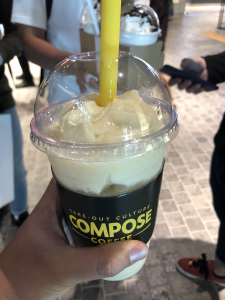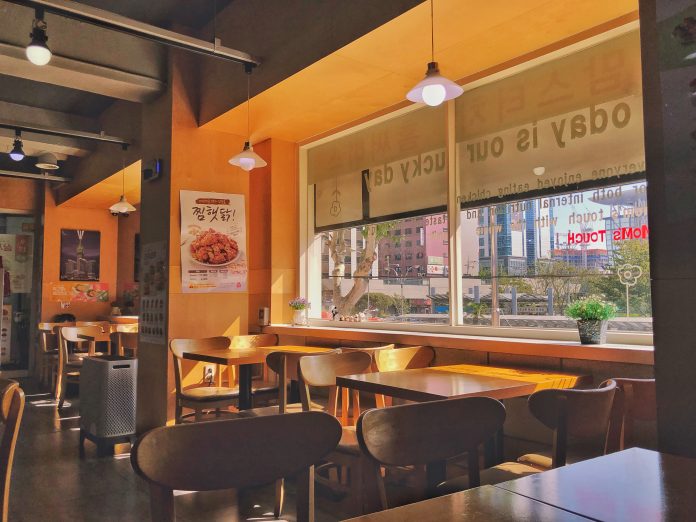Back to Busan again for the long weekend in Week 5 with Singaporeans this time! Enjoy these words interspersed with pictures from the trip!
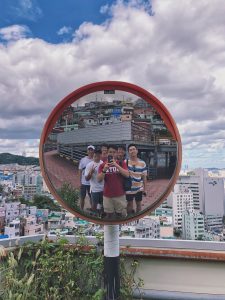
Comfy. That is the word that pops in my mind when I think of Busan. Busan is a comfy city.
Perhaps, I find Busan comfy because it feels familiar. Thus Busan is a familiar city. Where does this sensation of familiarity come from? How true could this feeling of familiarity possibly be after spending only so few days in the city? When I think of Busan, I picture the high density urban sprawl of low-rise buildings, their white walls and green open rooftops. I picture the beaches, a coastline of curtain-walled high-rises. I picture the markets that spill into narrow alleys and the crowds that fill them. I picture the hills that emerge from Busan, and Gumcheon village a saturation of colors, crayon colored houses against a steep hill.
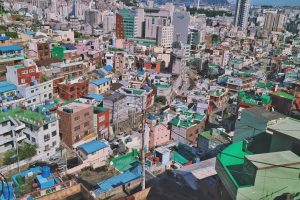
Perhaps, this sense of familiarity resides because these scenes remain vivid in my mind even after having left the city, a model of Busan shaped from a mere few days while roaming its streets. Kevin Lynch describes of cities possessing varying levels of image ability, the ability to evoke a strong image in an observer. Busan had clearly imparted its afterimage in my mind and the afterimage remained because somehow, the permutation of shape, color and arrangement within the city makes for a pleasant memory.
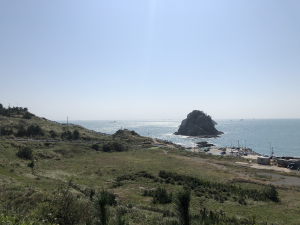
The residential districts of Busan are composed of apartments of a cubic form, with sharp right corner angles and clean straight walls. These apartments are themselves delineated by small roads and alleys. Cars and people coexist on the tarmac, there are no sidewalks. Small businesses, mostly restaurants scatter through, their external form indistinguishable from the houses except for brightly colored signs and glass fronts. Main roads cut through the dense sprawl but they are few and far between. It is not uncommon to sidewind through the residentials and in doing so, walking past homes and parked cars, the city feels alive. The city feels like a lived place.
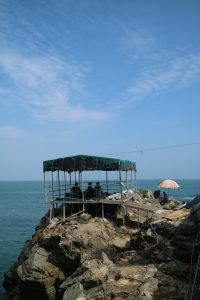
Between residential districts are commercial districts, where buildings get more room to breathe and adopt more floors. Residential housing gives way for commercial and office space. Sidewalks appear, to accommodate the shopping crowd and the endless carts of street food vendors. The visible density of buildings is replaced by a visible density of people on foot. A portion of the city is unseen, below ground, in the form of underground shopping malls. After sunset, these areas pop out from the city, brightly lit and visible from above, while the residential zones remain dimly lit by sparse streetlights and the light peeking out from homes.
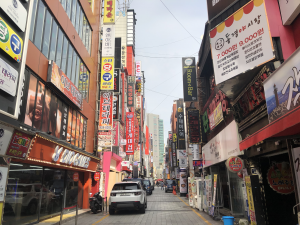
What Busan has is definitely not exclusive to Busan alone. Open rooftops are commonplace in Korean buildings. Underground malls and shopping districts can be found in every Korean city. Yet, it is a certain combination of appearance and arrangement, in the residential and commercial districts, that makes Busan so distinct compared to the other cities.
And within this form of a city, there is familiarity and still room for surprise. There is the ability to explore and wonder, and the ability to reside and recline. And that, is comfy.
